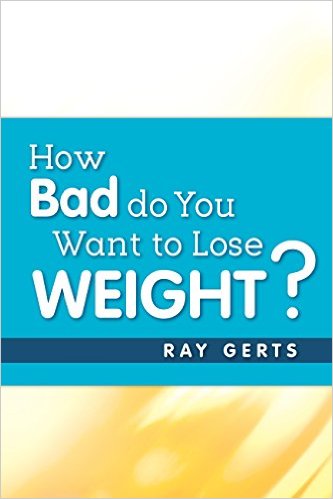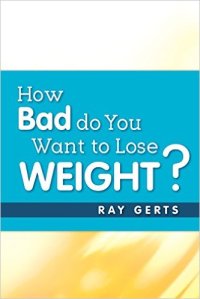Physical activity promotes health, and for years, several public health bodies –- including the American Heart Association, US Centers for Disease Control, and the World Health Organization –- have recommended getting 30 minutes of moderate exercise, 5 or more times per week. Surprisingly, only a couple of more recent major studies have examined how exercise relates to longevity, and how much you should do to lengthen your life.
The research: In 2007, the National Institutes of Health (NIH) and American Association of Retired Persons (AARP) looked at more than 250,000 men and women between the ages of 50 and 71, and confirmed that the standard exercise recommendations improve a person's longevity. An average of 30 minutes of moderate activity, 5 times or more a week, gave participants a 27% lower risk of dying during the study period, while more vigorous exercise (20 minutes, 3 or more times a week), dropped the risk of death by 32%.
The problem is, not enough people are meeting that threshold of activity. In North America, less than half the population exercises the recommended amount, and in east Asian countries like China, Japan, and Taiwan, it’s only one in five. Because of this, a group of epidemiologists from Taiwan and Texas set out to answer the question: what minimum dose of exercise could improve a person’s lifespan?
The result? A very large cohort study tracking more than 416,000 men and women, between 1996 and 2008.
Study subjects were questioned about their regular exercise, including how much they did, how often, and how intensely: light (walking), moderate (brisk walking), medium-vigorous (jogging), or high-vigorous (running).
The findings: People who did a daily average of just 15 minutes of moderate-intensity exercise (like brisk walking) 6 times per week (total of 92 minutes per week) lived an average of 3 years longer than those who were inactive. For people getting the amount of exercise recommended globally -- that is, 30 minutes of moderate-intensity exercise 5 or more times per week -- the benefit was 4 years’ longer life expectancy.
The longevity-boosting effects held true for both men and women, across all age groups, even accounting for confounding health factors like obesity, smoking, high blood pressure and cholesterol levels. That means the benefit of exercise was consistent, even when overweight subjects did not lose pounds by exercising, suggesting it’s better to be active regardless of weight, as opposed to thin and inactive.
Less heart disease and cancer: Cardiovascular disease, like heart attack and stroke, is the number one killer of both men and women in North America. Both low and moderate-intensity exercise cut the risk of cardiovascular disease by 20%.
The researchers stress that cancer, too, was avoided by the shorter duration of exercise, a significant fact in east Asia, where cancer is by far the leading cause of death. One in nine cancer deaths were averted with just 15 minutes of daily moderate-intensity exercise.
These results suggest that if people doing little or no activity now were to begin adding just 15 minutes a day of brisk walking, 6 days a week, one in six deaths from any cause could be postponed. That potential benefit ranks with a successful tobacco control program in the general population, say the researchers.
Finally, though the study was conducted in Taiwan, one of the authors insists there’s no reason the results can’t be extrapolated to show the benefit of even small amounts of exercise to all populations. Xifeng Wu, an epidemiologist from the MD Anderson Cancer Center at the University of Texas, told me that ethnicity should make no difference, because physical activity has been proven beneficial to overall health, regardless of nationality.
Furthermore, she adds, this minimum threshold of exercise for greater longevity is an easier sell for health officials.
"Compared to the global recommendations of 30 minutes a day," she says, "the 15 minutes of exercise per day is easier to achieve." This proves my point that it's never too late to start exercising, even if it's only a brisk walk 15 minutes a day. If you're not excited about living a few years longer, think about the fact that you can be healthier, happier and thinner just by changing your diet and getting the minimum amount of exercise.
If you really want to lose your body fat than look for my Ebook at the websites listed below. You'll get information on Healthy eating, exercise, and diet.
“How Bad Do You Want To Lose Weight?”, is available at all the online bookstores selling for $1.99. Go to any of the websites and search the title to find my Ebook. This book gives you all you need to lose weight without spending money on gym memberships, diet plans or meal plans. Look for my book. at Amazon.com, B&N.com, iBooks, Kobo.com, Scribd.com, or Gardner Books in the U.K.






